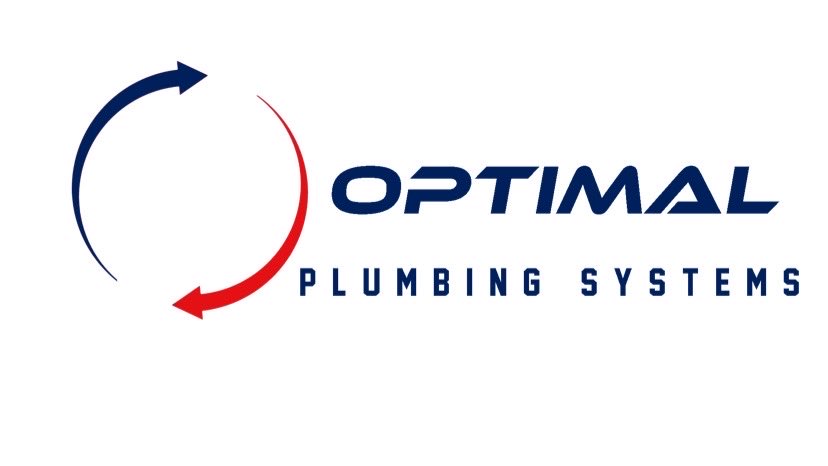You’ve used your tankless water heater for years and enjoyed all the benefits it offers. Everything’s going great until, out of the blue, your hot water isn’t so hot anymore. With a mind full of worry, you call the water heater manufacturer.
“It sounds like your water heater needs some maintenance.” they say “All you have to do is call up a plumber, and they’ll flush it out for you.” You breathe a huge sigh of relief, but it’s short-lived. What the manufacturer didn’t tell you is that you may want to think twice about flushing your tankless if you haven’t before.
Here at Monkey Wrench Plumbing, we maintain tankless water heaters all the time. We believe it’s our duty to share our knowledge so you can make educated decisions about your plumbing. While flushing is a necessary part of maintenance for your tankless water heater, we’ve seen unmaintained water heaters experience problems due to flushing.
In this article, you will learn the best and worst outcomes of flushing an unmaintained water heater. We will also teach you why flushing an unmaintained tankless water heater can lead to more problems than you bargained for. Finally, we will provide you with options you can consider to solve your issue.

The Basics of Tankless Water Heater Maintenance
To talk about tankless water heater flushing outcomes, we first need to talk about maintenance in general. A tankless water heater is a high-tech investment that needs to be maintained at least once a year. Maintenance can be broken down into two main types:
- Internal – Cleaning parts of your tankless that touch water.
- External – Cleaning things in your unit like fans and filters.
Flushing is considered an internal maintenance process. You or a plumber can run a cleaning solution through the unit to flush a tankless water heater. This solution breaks apart the scale buildup caused by hard water.
But what does that mean for you and your old tankless water heater?
The Best Outcome of Flushing an Old Tankless
If you flush a tankless water heater that hasn’t been maintained in a while, the best outcome you’ll get a working tankless water heater!
Flushing your unit will:
- Resolve maintenance error codes
- Restore its efficiency
- Protect it from scale damage
Depending on how blocked up your water heater is, you might even save some money. If you have a quarter of an inch of buildup in your pipes, it can reduce your water heater efficiency by 40%, meaning you spend $140 a month for $100 worth of water.
Sounds great, right? Unfortunately, in Los Angeles, you may not get this happy ending.
The Worst Outcome of Flushing an Old Tankless
If you don’t maintain your tankless water heater for years and then decide to flush it, you may run the risk of destroying it. Why? It’s due to that hard water and scale we talked about earlier. The Greater Los Angeles area is notorious for naturally occurring hard water, and while it’s safe to consume, it’s horrible for tankless water heaters. When scale buildup stays in contact with your pipes for a long time, it can weaken and even eat through them. If you flush away scale at that point, you can end up:
- Punching a hole through weak portions of the pipe
- Exposing holes previously covered by scale
Tankless water heaters are especially vulnerable to scale issues due to their heat exchanger. The heat exchanger is a device that heats your water as it moves through a series of bends in the pipes. These fluctuations and tight curves in the pipe cause the perfect place for scale to form.
The inside of a tankless water heater

Flushing Next Steps for an Old Tankless Water Heater
Flushing an old tankless water heater can be risky if it hasn’t been maintained before. If scale sits in your tankless for years, it can eat through the pipes. Removing that scale will then cause pinhole leaks. Don’t lose hope just yet. If your unmaintained tankless water heater is experiencing problems, you do have a couple of options:
- Do a water test to assess the risk of flushing your unit
- Have a certified plumber inspect the inside of your tankless to determine flushing risks
- Replace parts of your water heater
- Purchase a new tankless water heater
Remember! The heat exchanger is just one point where scale buildup can occur. If you replace your heat exchanger, you can still get leaks in other parts of your water heater. To avoid the negative effects of hard water, make sure to maintain your tankless water heater at least once a year. Our blog 2 Types of Tankless Water Heater Maintenance: Why They’re Important goes into detail about all the benefits of internal and eternal maintenance.
Want to take care of your unmaintained tankless water heater and live in the L.A. area? Call us today at +19169176280 or schedule an appointment through our Online Booking Page.

